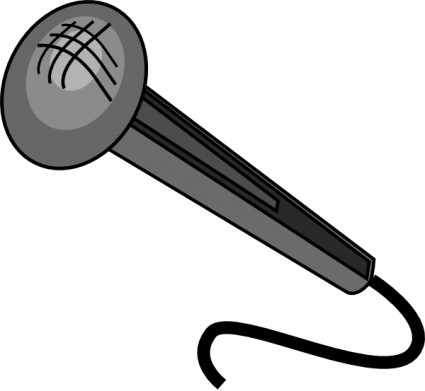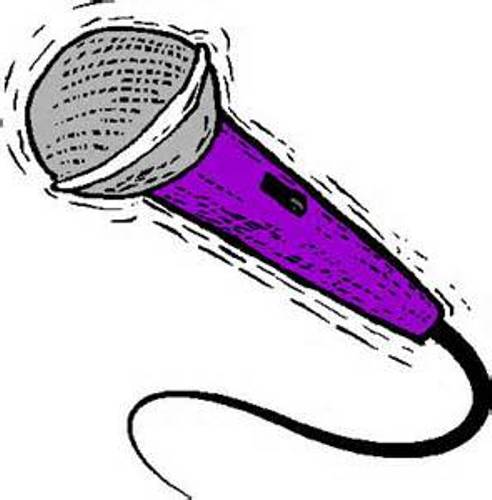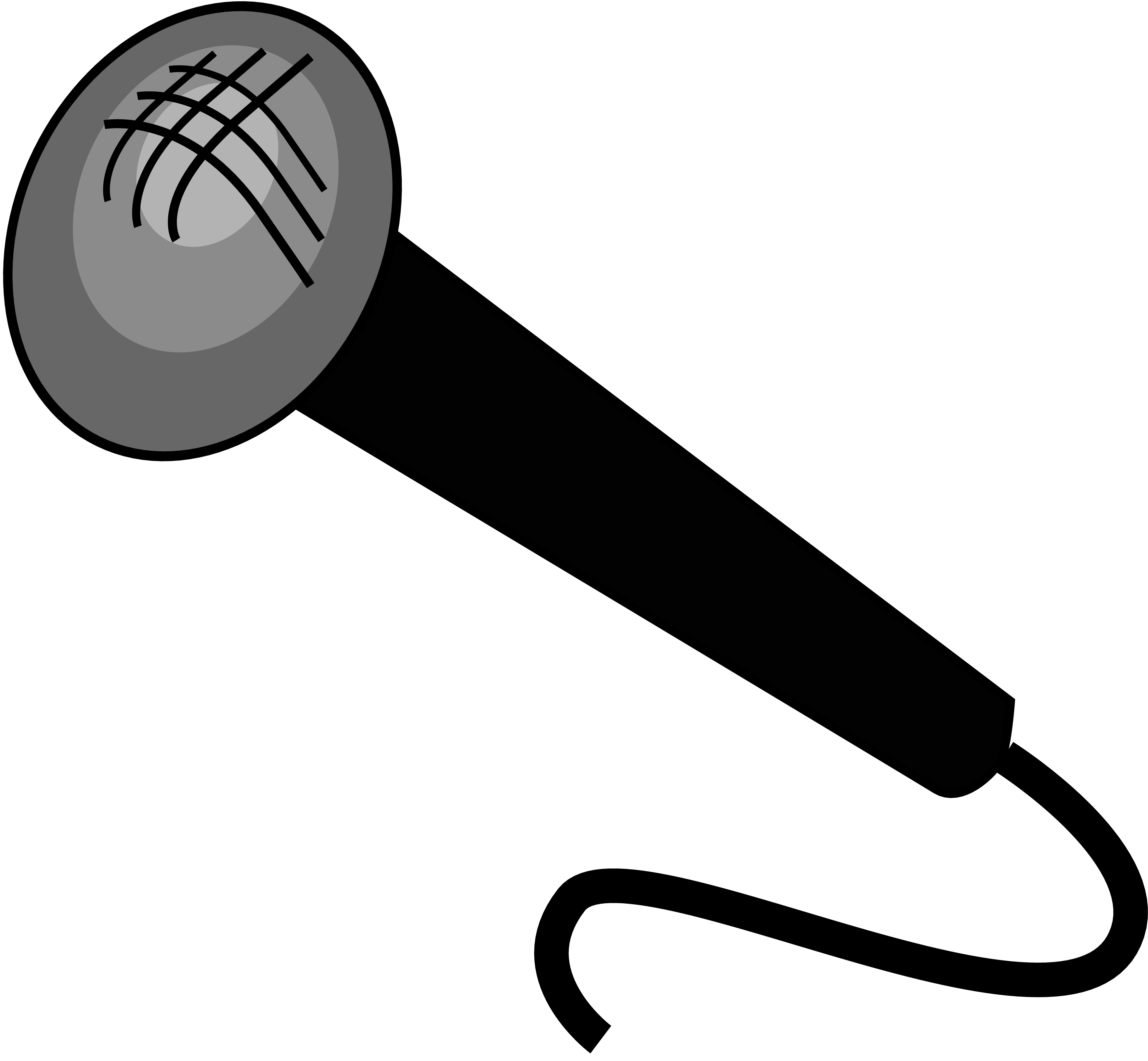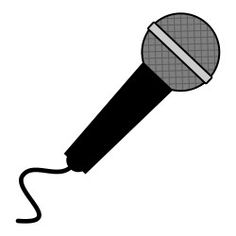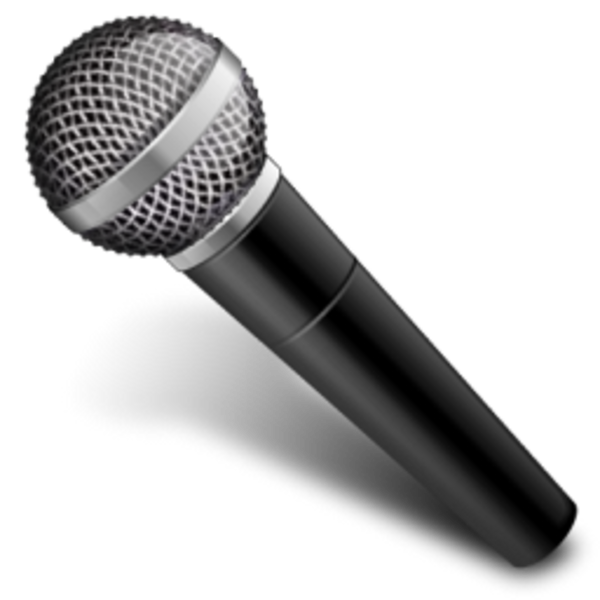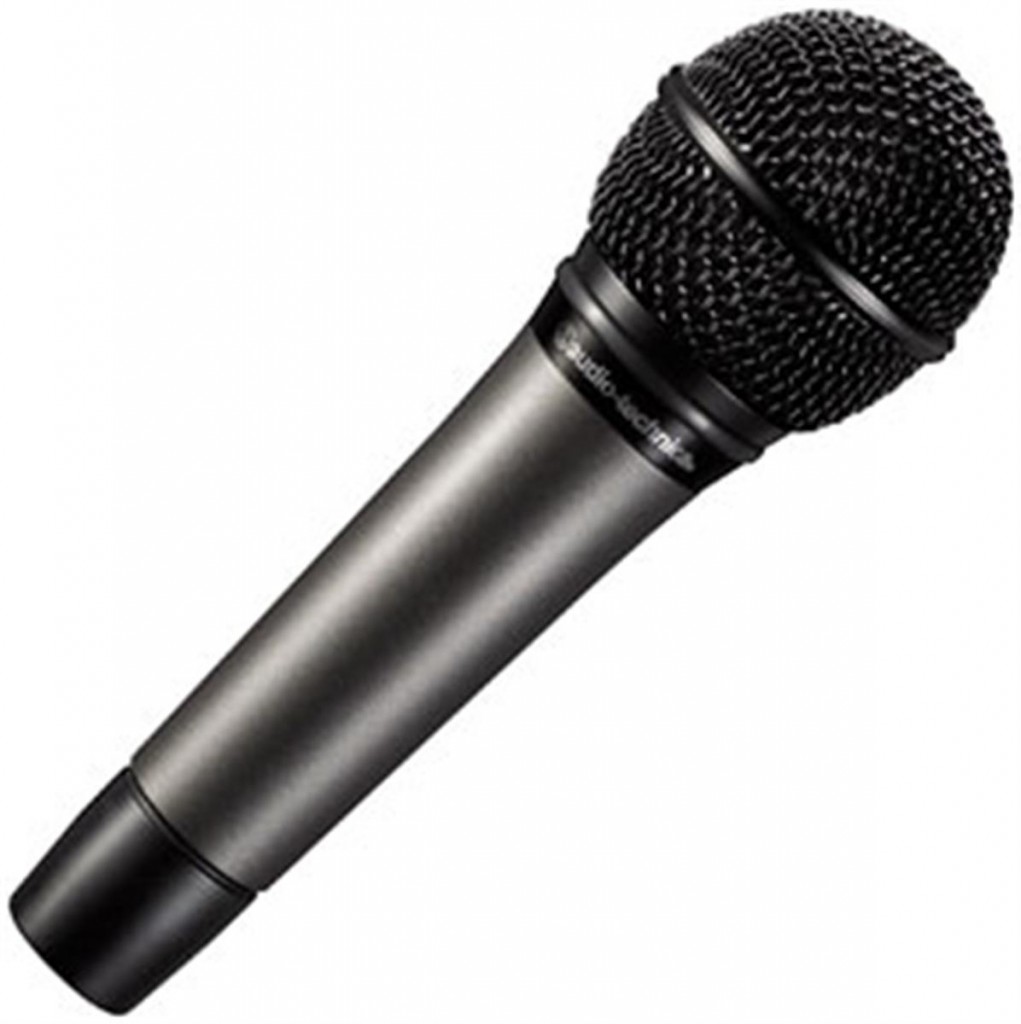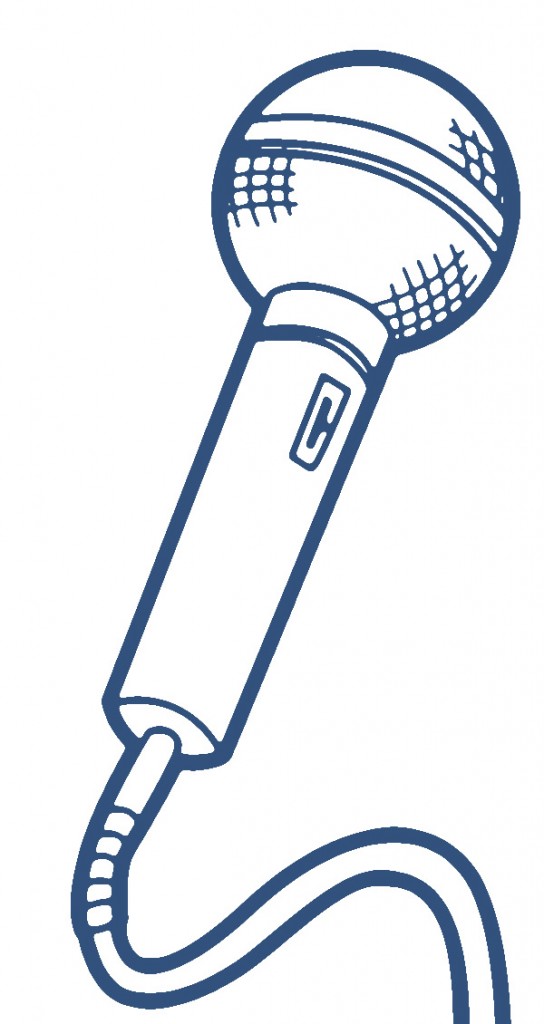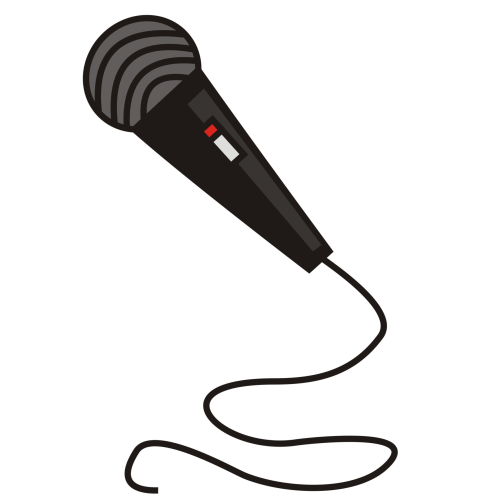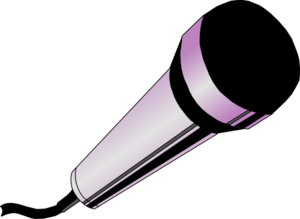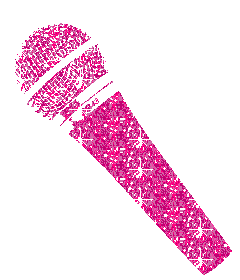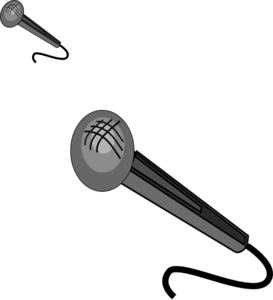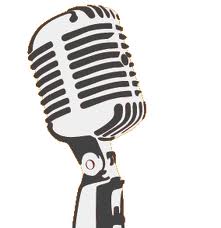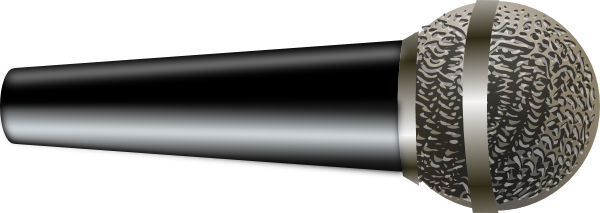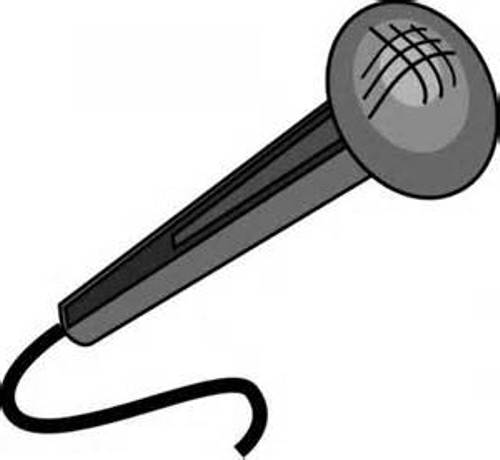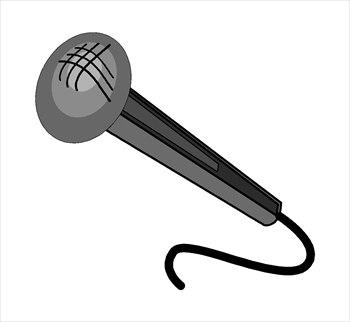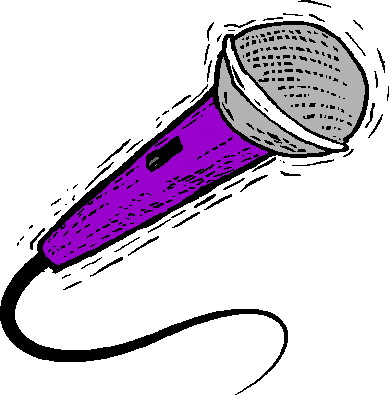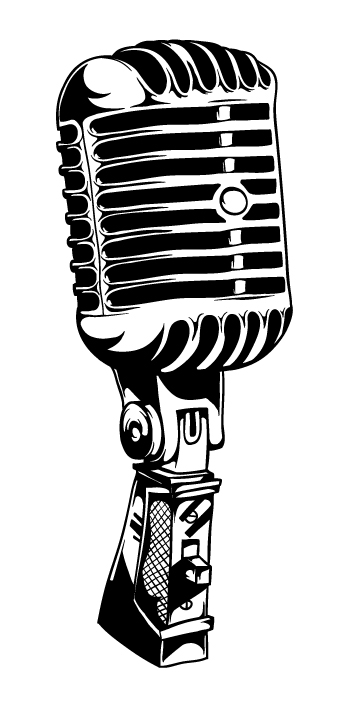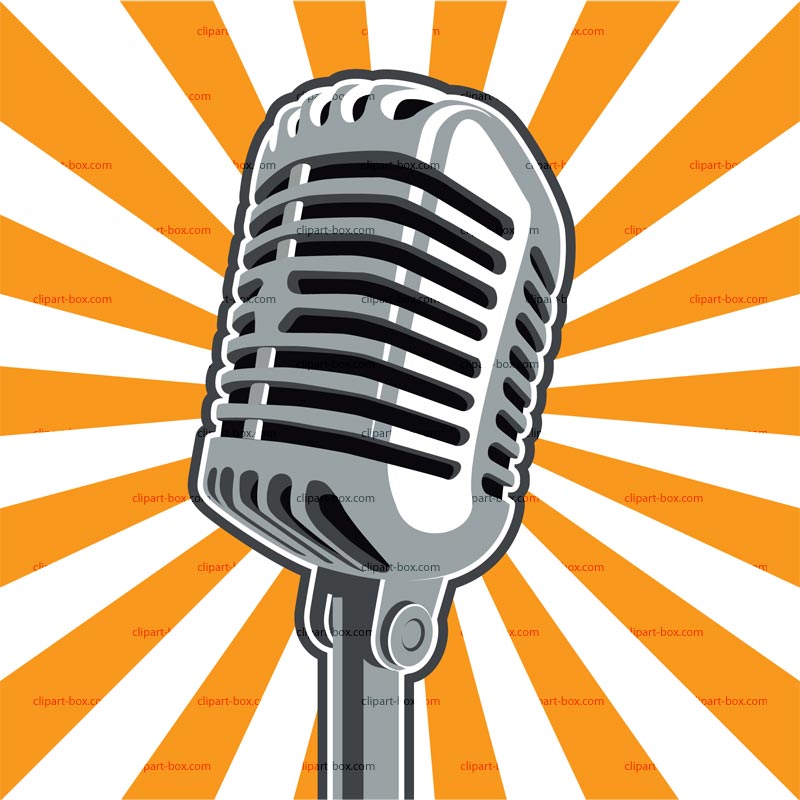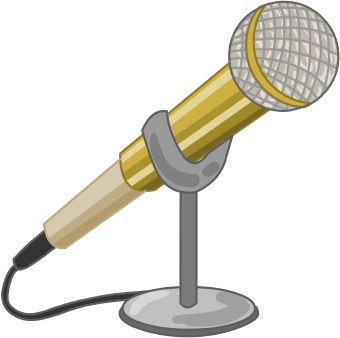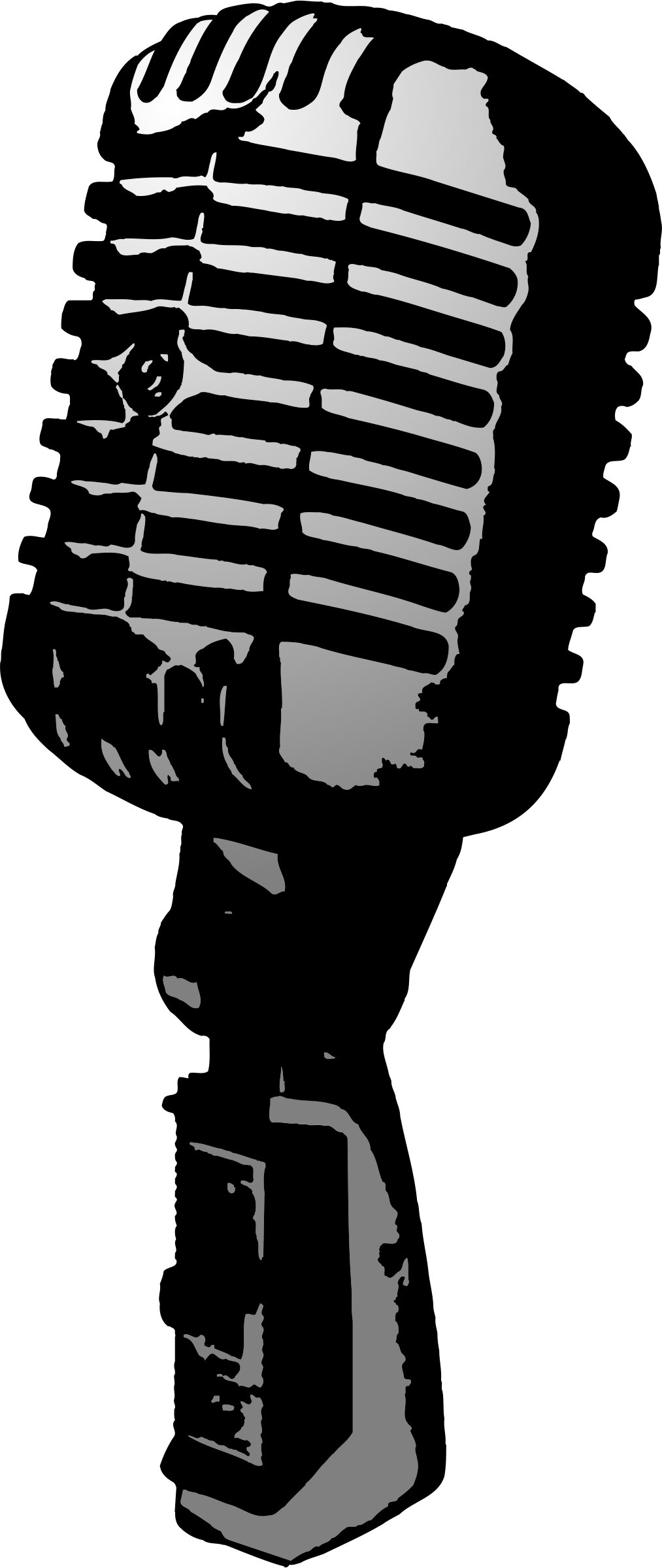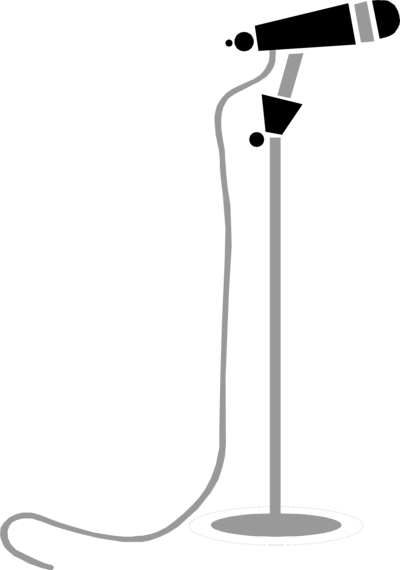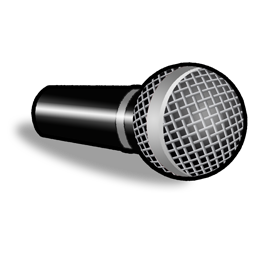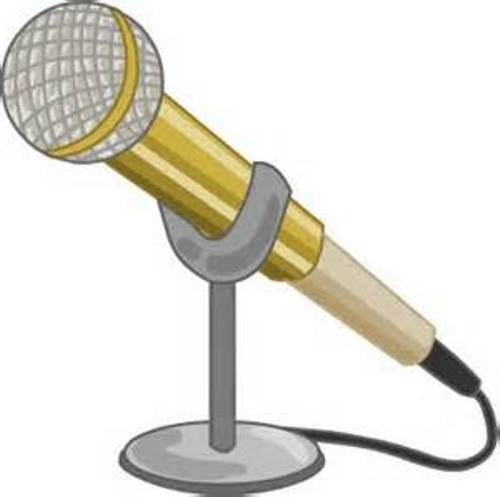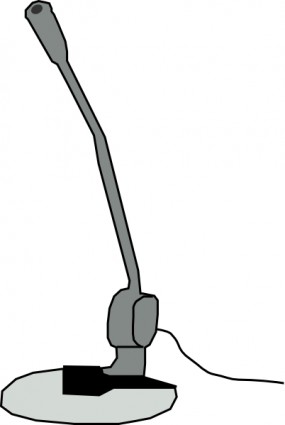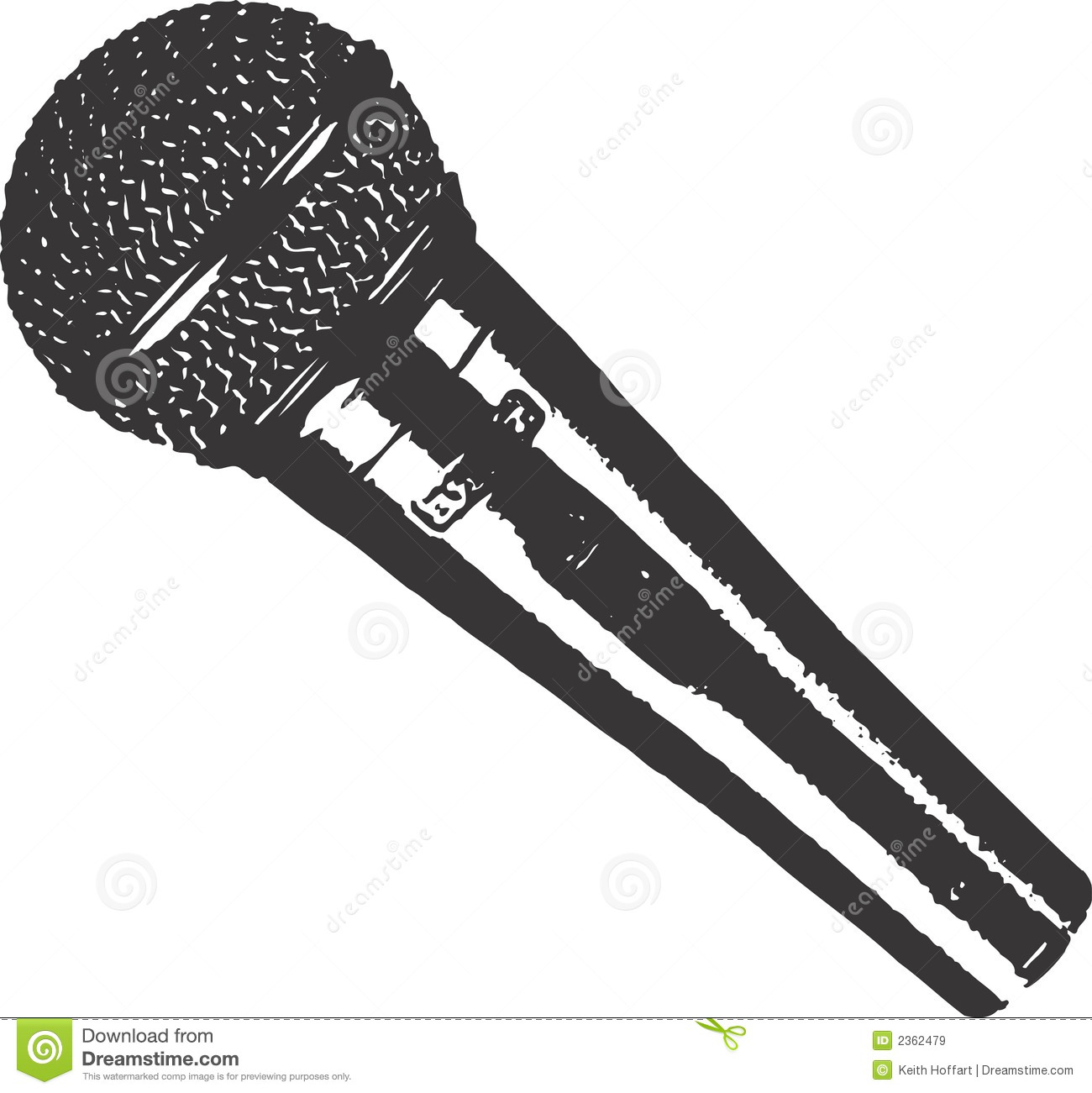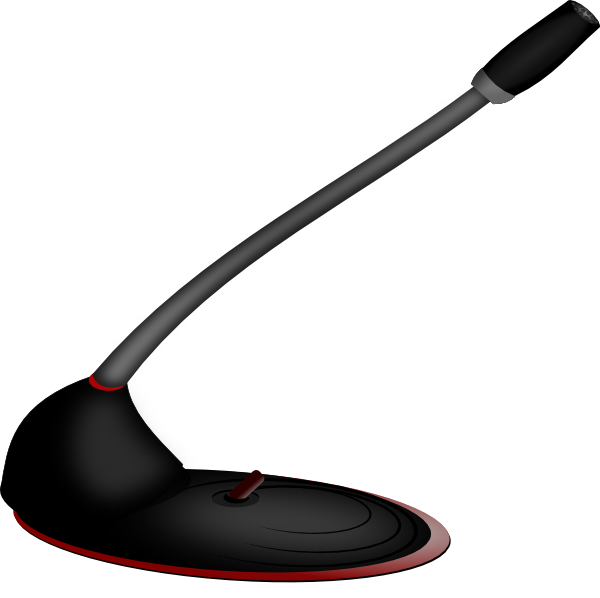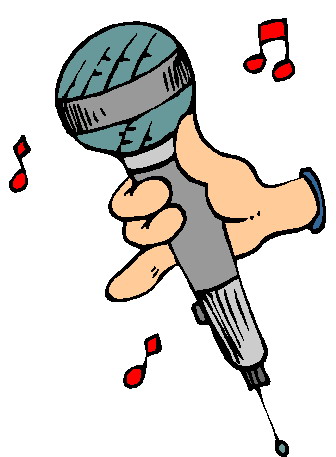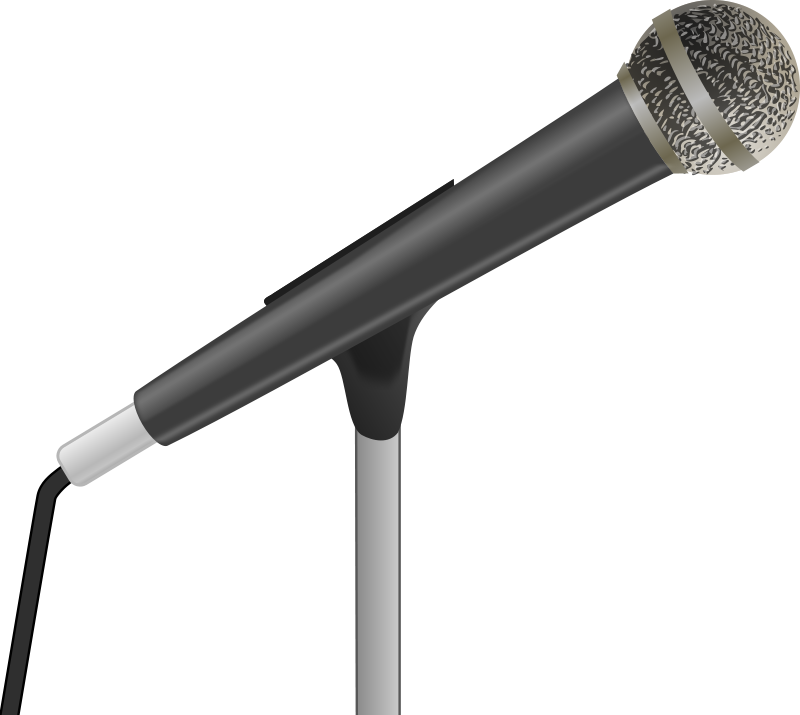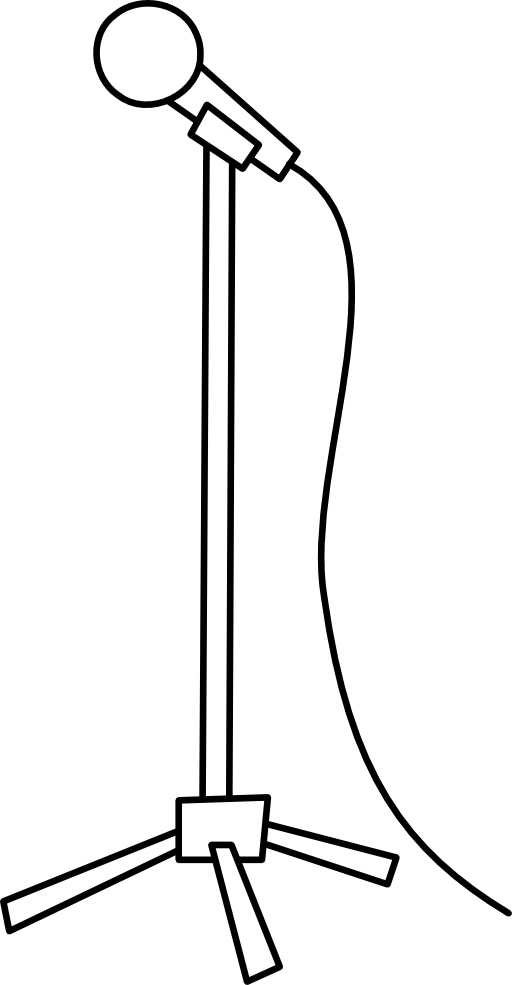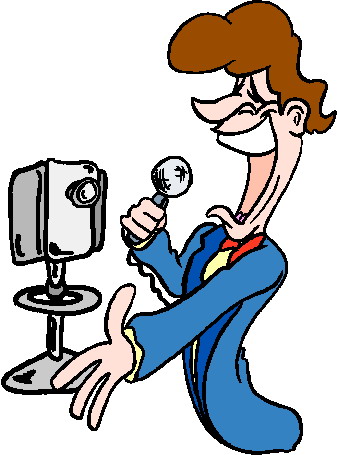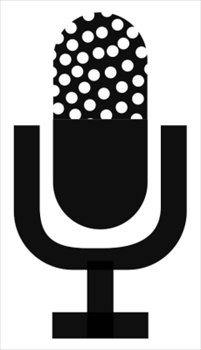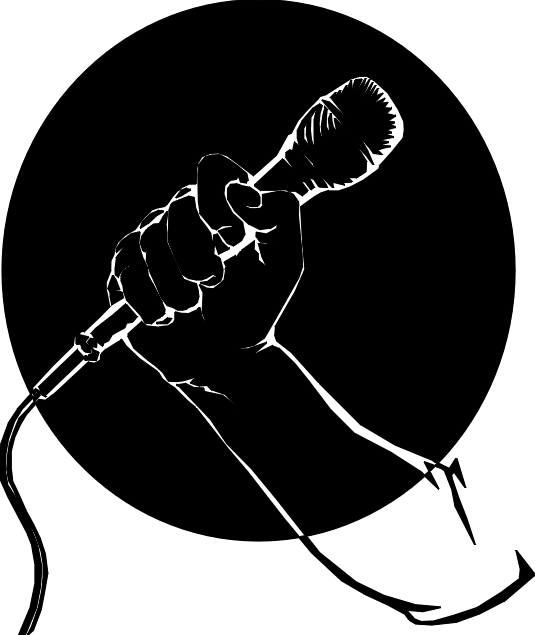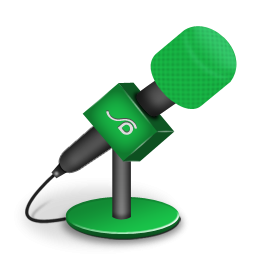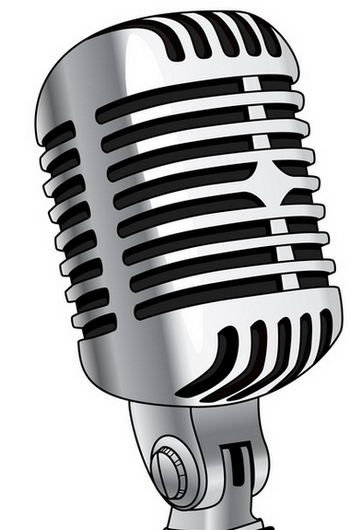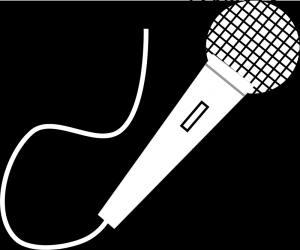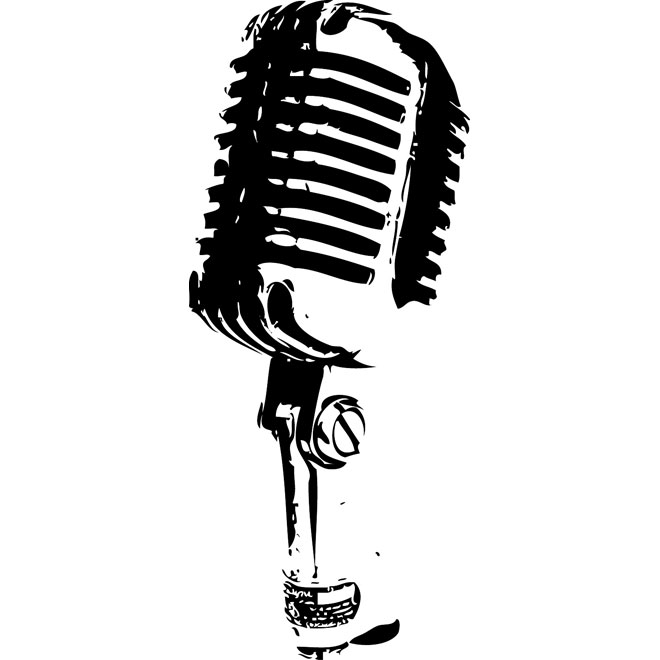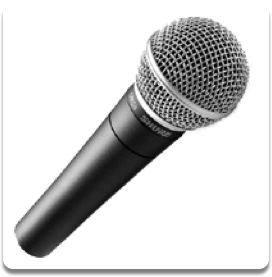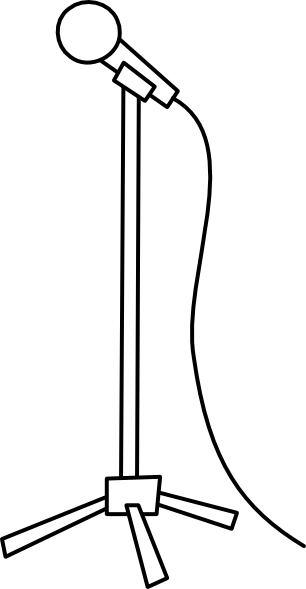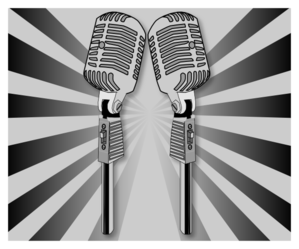Microphone Clip Art
Microphones capture and convert sound waves into electrical signals. They act as input devices that feed audio data to recording, amplification or transmission systems.
The history of microphones traces back to Alexander Graham Bell’s experimental transmitter in 1876. As radio broadcasting expanded in the 1920s, the Western Electric company introduced the modern condenser mic to studios. Microphones enabled louder amplified speeches, concerts, broadcasting and music recording that defined 20th century culture.
Today various types of microphones serve for live sound, recording, video, speaking and more using different pickup patterns, sensitivity levels and connector plugs. Selecting an appropriate microphone enhances audio quality for the intended use.
Microphone Types
Common microphone varieties use different mechanisms to convert audio vibrations into signals:
- Dynamic – Uses electromagnetic induction via a movable coil attached to a diaphragm that vibrates from sound waves. Durable and inexpensive but with limited high frequency response.
- Condenser – Uses an electrically charged thin conductive diaphragm stretched close to a rigid conductive backplate to form a capacitor. Delivers excellent frequency response for detailed sound.
- Ribbon – Captures sound through a thin corrugated metal ribbon suspended in a magnetic field. Warm natural audio but fragile.
- Carbon – Historic type using carbon granules compressed behind a diaphragm to vary electrical resistance. Only found today in old telephones.
Additionally, there are wireless microphones using radio signals rather than cables. Different microphone types provide assorted audio qualities for given recording, live sound or amplification needs across budgets.
Microphone Polar Patterns
Microphone pickup patterns determine which directions they capture sounds from:
- Cardioid – Heart-shaped forward-facing pattern screening out rear sounds. Good isolation for podcasts, vocals, interviews, instruments.
- Supercardioid – Tighter cardioid form with more rear rejection for accentuating front sound source. Minimizes bleed from other onstage mics.
- Hypercardioid – Extreme cardioid pattern with narrow sensitivity for intensely pinpointing single source while discarding ambient noise and other directions.
- Omnidirectional – Evenly picks up 360 degrees in spherical pattern. Suits small/echoey capture spaces or ensemble miking.
- Figure 8 – Bidirectional pattern collecting two firefront lobes with side rejection. Nice for tight dual mic interviews.
Different polar configs aid miking strategy for isolating, blending or rejecting audio sources.
Microphone Frequency Response
Microphones capture certain frequencies better than others based on mechanical design. Frequency response graphs depict their audio detection range, usually between 20 to 20,000 Hz.
Wider more even response with low roll-off delivers full spectrum reproduction. Certain instrument mics emphasize mid or high frequencies to match the source.
Vocal mics generally need strong midrange clarity. Extended high frequency presence provides “air” and realistic crisp detail. Low roll-off filters reduce unwanted rumble below human hearing.
Ideally the mic response curve matches the source material’s own tonal footprint. These specs influence which microphone best registers the relevant parts of the incoming sound waves.
Microphone Sensitivity
Microphone sensitivity indicates required loudness levels, rated in decibels, to produce full electrical signals from the diaphragm movements converting sound waves. High sensitivity mics need less volume than those with low sensitivity to drive their output.
Sensitivity interacts with the mic’s selected amplifier gain level when boosting the signal for recording purposes. Clean gain staging means adding gain without introducing audible noise or distortion.
An overly sensitive mic paired with too high an amplifier gain setting may lead to blown out overloaded sound. Alternately a lower sensitivity mic requires positioning extremely near the audio source or cranking up gain. Matching mic sensitivity levels to sound sources makes gain staging simpler.
Microphone Connectors
Microphones use cabling with different connector plug types to interface with other audio gear:
- XLR – Standard professional connector for balanced signals less susceptible to interference. Locks in securely.
- USB – Simple direct plug into computers, useful for podcasters and streamers. Limited cable length.
- TS (Instrument) Cable – Common unbalanced guitar cord connector plugs into 1⁄4 inch mic or line level inputs.
- TRS (Stereo) – Similar connector allowing headphone monitoring signals to travel alongside main audio signal for cues.
- RCA or Coaxial Cable – Often found transferring signals between consumer digital recording devices.
Selecting stage boxes, mixers, recorders or interfaces that share mic connectors saves adapters or re-cabling efforts down the signal chain.
Choosing a Microphone
Consider these aspects when selecting an appropriate microphone:
- Intended usage case – live vocals, studio instruments, podcasts, video camera mounted shotgun mic, etc.
- Sound source to capture – voice, acoustic guitar, drums, field ambience?
- Budget constraints
- Mono or stereo signals needed
- Connection must match gear inputs – XLR, USB, 1⁄4 inch line/instrument, etc.
- Gain considerations – sensitivity Rating and amplification available
- Pickup pattern to isolate audio source or blend ambience like omni mics
Matching specifications to needs guarantees tailored audio reproduction.
Microphone Placement
Strategic microphone positioning optimizes capture quality:
- Place vocal mics almost touching talent utilizing pop filters and mic isolation shields to prevent plosives without compromising gain staging.
- Acoustic instruments want “sweet spot” miking where the resonant sound hole or bright tonal spots emit. Close miking emphasizes detail.
- Room mics away from primary audio sources collect spacial ambience for blending.
- Angle directional mics consistently when multi-miking sound sources like drum kits to minimize phase issues through aligned capsule timing.
- Shock mounting guards against bumps and tremors ruining recordings with unwanted rumble entering the mic.
Refine positioning with aural checks until satisfying audio tone achieved.
Microphone Clipart
Clipart constitutes ready to use royalty-free scalable color illustrations – useful graphic design assets. Microphone clipart offers stylized decorative artwork of microphones in various retro and contemporary forms. This includes:
- Minimalist outlines of common microphone body shapes
- Microphone head silhouettes and profiles
- Vintage microphone designs with classic aesthetics
- Decorated or themed microphones including animal designs or holidays
- Microphones framed by visual themes like music notes or sound waves
Such versatile high quality microphone images creatively enhance printed, video or website media around sound themes.
Using Microphone Clipart
Incorporating microphone clipart adds symbolic meaning and thematic personality:
- Open podcast episodes or music videos with intro slides bearing microphone graphics.
- Frame article or section headings referring to discussions, interviews or verbal themes with related microphone accents.
- Allow microphone visuals to set an audible mood within magazine layouts or brochure spreads focused on sound.
- Reinforce vocal themes in websites, landing pages, banners and other digital property with well placed microphone clipart.
- Decorate invitations to karaoke parties, band performances, poetry slams and similar spoken word or song events with clever microphone images.
Whether used for purely decorative purposes or to evoke deeper connotations of expression and discussion, microphone clipart incorporates audio spirits into otherwise static visual media.
From vintage radio announcers to modern condenser models allowing intricate music recording, microphones continue advancing audio capture technology. Their distinctive designs, symbolic of the voice they manifest, now reappear in expessive clipart illustrations across all media. Microphone graphics thus let creators underscore themes of sound, voice, music and all creative realms dependent on the ability to share what once remained unheard internal experiences.
In this page clipartix present 73 microphone clipart images free for designing activities. Lets download Microphone Clip Art that you want to use for works or personal uses.
